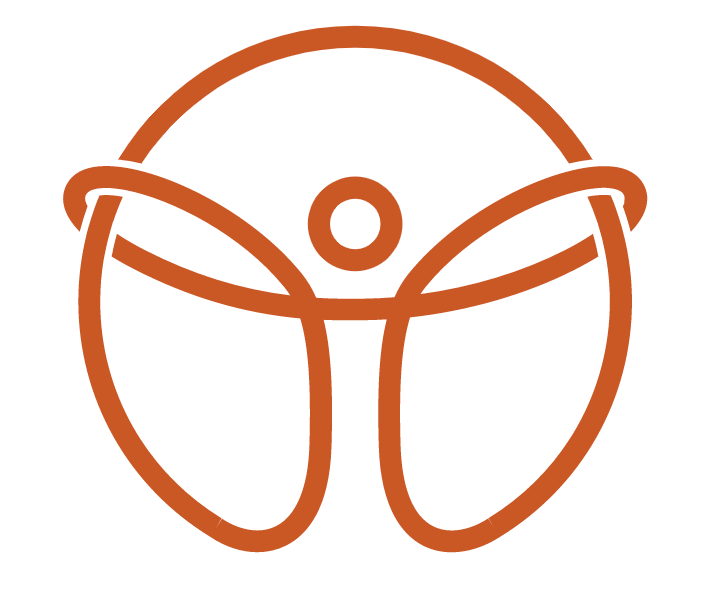Not All Heel Pain Is Achilles Tendinitis: why its important to get it right
As a sports chiropractor at MVMT STL, we see plenty of athletes and active adults coming in with pain at the back of their ankle or lower leg, convinced it’s Achilles tendinitis. Sometimes they’re right. Other times, it’s not that simple.
Achilles Tendinitis: The Usual Suspect
Achilles tendinitis is an overuse injury caused by repetitive strain on the Achilles tendon, often from running, jumping, or sudden increases in training volume. It shows up as stiffness and pain in the back of the heel, especially in the morning or after activity. Left untreated, it can evolve into tendinosis — a degenerative condition that takes longer to heal.
But here’s the catch: not every case of pain near the Achilles is actually tendinitis.
Differentials to Consider
Retrocalcaneal Bursitis – This is inflammation of the bursa that sits between the Achilles tendon and the heel bone. It can cause similar pain and swelling but tends to be more focal and tender to direct pressure at the heel.
Insertional Achilles Tendinopathy – A more chronic issue where the tendon attaches to the heel bone, often worsened by uphill running or excessive loading.
Posterior Ankle Impingement – More common in dancers or soccer players, this involves pinching of soft tissue at the back of the ankle, sometimes mistaken for Achilles problems.
Sural Nerve Entrapment – Nerve-related pain that can mimic tendon issues, with symptoms like burning or numbness on the outer side of the calf and heel.
Calf Strains – A strain in the soleus or gastrocnemius can refer pain down near the Achilles area, especially during push-off activities.
Accurate diagnosis matters, because the treatment approach shifts depending on the actual issue. That’s where detailed assessment and movement analysis come in.
What We Do at MVMT STL
When patients come to MVMT STL with Achilles-area pain, we don’t just treat symptoms — we figure out why it’s happening. That means looking at ankle mobility, foot mechanics, gait patterns, and overall movement quality.
Passive Treatments to Jumpstart Recovery
We often start with passive treatments to reduce pain, inflammation, and muscle tension:
Dry Needling with Electrical Stimulation: Targets trigger points in the calf and Achilles region to reduce tension and improve blood flow. Adding e-stim helps modulate pain and stimulate healing at a deeper level.
Active Release Technique (ART): A hands-on method that breaks down adhesions in the soft tissue and restores normal length and function to the muscle-tendon unit.
Cupping Therapy: Helps improve local circulation and decompress tight fascia — especially useful if there’s significant calf tightness or restricted ankle motion.
Rehab Is the Long Game
Passive care gets you out of pain — but rehab keeps you out of pain. Once symptoms improve, we shift to targeted loading strategies to strengthen the tendon and improve biomechanics. That includes eccentric heel drops, isometrics, and mobility drills tailored to your sport or lifestyle demands.
Bottom Line
If you’re dealing with lingering Achilles pain, don’t assume it’s just tendinitis. At MVMT STL, we combine clinical expertise with sports-specific care to get to the root of the issue — and get you back to doing what you love, stronger and smarter.

